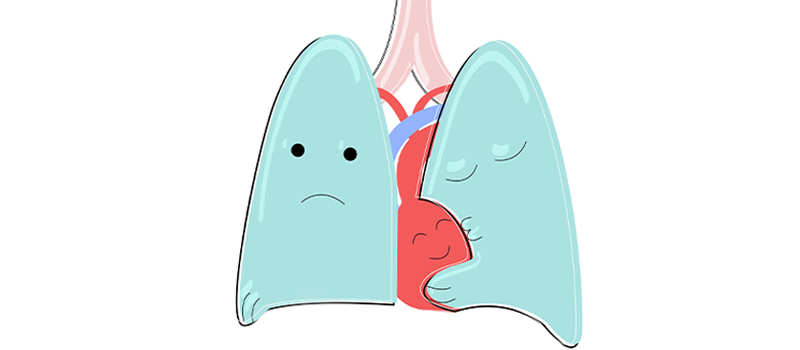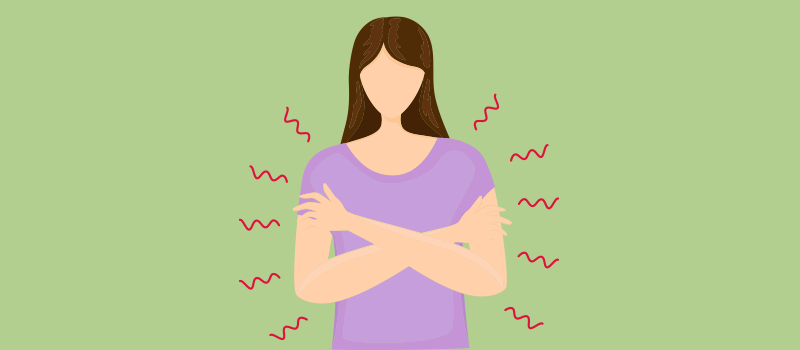What’s the Buzz
The Bee Healthy Blog
Prednisone vs Prednisolone: What’s the Difference?

Corticosteroids are a group of drugs that mimic cortisol, the natural hormones made by the adrenal glands in the body. They are important for many metabolic processes and are needed by the body to function properly.
Steroid medications are synthetic corticosteroids used to treat endocrine disorders that result in low corticosteroid levels. Commonly, corticosteroids are used short-term during a COPD or asthma flare-up. Additionally, corticosteroid medications are also used long-term to treat autoimmune diseases like rheumatoid arthritis and other rheumatic disorders, psoriatic arthritis, ankylosing spondylitis, multiple sclerosis, and lupus. Steroid medicines are very effective in reducing inflammation and are prescribed for various inflammatory conditions of the eyes, lungs, thyroid, kidneys, blood, skin conditions, and gastrointestinal diseases like ulcerative colitis.
Two commonly prescribed steroid medications are prednisone and prednisolone. Both prednisone and prednisolone are used to treat many of the same conditions, but there are important differences between them. Please continue reading to find out more.
What is prednisone used for?
Uses
Prednisone is used to treat a wide range of autoimmune and inflammatory conditions in various parts of the body.
Dosage Forms and Dosage
A prednisone tablet comes in dosage strengths of 1 mg, 2.5 mg, 5 mg, 10 mg, 20 mg, and 50 mg. Prednisone is also available as a 5 mg/ 5 mL oral liquid. The starting daily dose is between 5 mg and 60 mg per day in divided doses. Your doctor will tell you what prednisone dose to take depending on the condition being treated and its severity. The daily dose can be adjusted based on how you tolerate the medication.
Brands
Prednisone is available in a low-cost generic version as well as under brand names like Rayos (delayed-release formulation), Pred Mild, and Prednisone Intensol.
Side effects
Common side effects of taking prednisone include headache, dizziness, sleep problems, heartburn, high blood pressure, high blood sugar, skin problems like thinning skin, bulging eyes, increased hair growth, changes in body fat distribution, fluid retention, weight gain, mood changes, tiredness, muscle weakness, thinning of bones, irregular menstruation, low libido, and an increased risk of infections.
Prednisone can also cause more serious side effects like allergic reactions, vision problems, low potassium, dangerously high blood pressure, seizures, pancreatitis, changes in personality, swelling, unusual weight gain, and shortness of breath.
What is prednisolone used for?
Uses
Prednisolone treats many of the same conditions as prednisone, including inflammatory, lung, eye, kidney, stomach, blood, and skin conditions. It is also used to treat autoimmune conditions and certain types of cancer. Same as prednisone, prednisolone suppresses the immune system and is used to prevent transplant rejection.
Dosage Forms and Dosage
Prednisolone comes in the form of a 5-mg oral tablet; 10 mg, 15 mg, and 30 mg orally disintegrating tablets; and oral suspension with different concentrations. It is to be taken by mouth 1-4 times a day, usually starting with a lower initial dosage. Prednisolone is also available as an eye drop.
Brands
Prednisolone brand name products include Orapred, and Pediapred.
Side effects
The side effects of prednisolone are similar to prednisone. Like prednisone, prednisolone can cause serious adverse effects, including an allergic reaction, which needs emergency medical attention.
Is prednisone the same as prednisolone?
There are some similarities between prednisone and prednisolone. Both medications are synthetic glucocorticoids. They are both used to reduce inflammation and treat common symptoms of autoimmune diseases. Additionally, both prednisone and prednisolone are available in generic versions and brand names. They can be used in children and adults. These two drugs interact with many of the same medications, such as blood thinners, nonsteroidal anti-inflammatory drugs, diabetes medications, diuretics or water pills, HIV medicines, and live vaccines. Prolonged use of both prednisolone and prednisone can result in serious side effects, especially at higher doses.
But prednisone and prednisolone are not the same. Prednisolone is the active metabolite of prednisone. This means the liver converts prednisone to the active drug prednisolone.
The key differences between prednisolone and prednisone are as follows:
- Prednisolone is the active form of prednisone. Once prednisone is converted to prednisolone, this active form of the drug act on the immune system to lower the body’s inflammatory response.
- Branded products with prednisolone as the active ingredient include Orapred, Pediapred. Prednisone is available under brand-name products such as Rayos, and Prednisone Intensol.
- Prednisolone comes in dosage forms including tablets, orally disintegrating tablets, oral solutions, and eye drops. Prednisone is available in dosage forms of oral tablets and oral solutions.
- Depending on the condition being treated, the duration of treatment with prednisone and prednisolone can be a few days, a few weeks, or indefinitely.
Frequently Asked Questions
Which is better: prednisone or prednisolone?
As mentioned above, prednisolone & prednisone are in the same class of medication. Prednisone is converted by the liver to the active metabolite prednisolone. Therefore, the effectiveness of prednisone in a person is dependent on liver function. Studies have shown that in people with impaired hepatic function (liver disease), the blood level of the medication can vary if they take prednisone because such people may not be able to convert prednisone reliably to the active form of prednisolone. Therefore, prednisolone may be preferred in people with impaired liver function. In patients with normal liver function, both prednisone and prednisolone are equally effective.
Is prednisolone a powerful steroid?
Prednisolone is a powerful steroid drug that can effectively treat acute exacerbations of many serious illnesses, including a wide range of inflammatory conditions and autoimmune disorders. However, this and other drugs from the same drug class carry serious risks, especially at high doses or with prolonged use.
Steroid medications can mask signs and symptoms of serious health conditions. You need to be monitored closely during treatment with prednisolone and prednisone because of a higher risk of complications like fungal infections, delayed wound healing, thinning skin, changes in mood, muscle weakness, and more. This is especially true if you are on large doses.
Both medications can cause stomach upset and sleep problems. It is recommended to take these medications in the morning after breakfast to avoid these side effects.
If you have been on prednisolone and prednisone for a long time, your healthcare provider will lower the dose gradually. Abruptly stopping steroids can cause serious complications with the adrenal glands.
What anti-inflammatory is stronger than prednisone?
Other forms of steroid medicines, such as dexamethasone, fludrocortisone, and methylprednisolone, are stronger than prednisone. Your doctor will choose the best corticosteroid medicine for your condition.
References:












SOCIAL